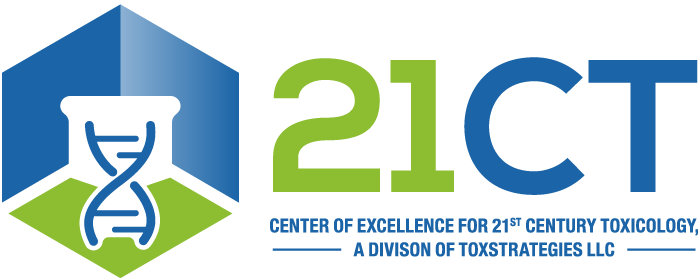Haws L, Proctor D, Thompson C, Harris M. Research plan to fill data gaps in the mode of action for cancer risk assessment of hexavalent chromium in drinking water. Presented at Society of Toxicology 50th Annual Meeting, Washington, DC, March 2011.
Abstract
Using the mode-of-action (MOA) frameworks proposed by the U.S. EPA and ILSI/IPCS, we outlined key events and their temporal sequencing in a proposed MOA for intestinal tumors in mice following ingestion of Cr(VI). Data gaps identified during this MOA analysis were used to inform the design of a 90-day drinking water study to better inform the MOA for the observed responses. Sequentially, the proposed key events are saturation of the reductive capacity of the upper gastrointestinal tract, absorption of Cr(VI) into the intestinal epithelium, oxidative stress and inflammation, cell proliferation, DNA modifications (direct and/or epigenetic), and mutagenesis. Given clear species differences in carcinogenic response, key data gaps include direct measures of species-specific pharmacokinetic determinants (e.g. reduction and uptake), direct evidence for oxidative stress and inflammation as contributors to cell proliferation, and the nature of DNA modifications. Additionally, it is not known whether DNA modification and mutation occur at lower doses and early time points during exposure to Cr(VI) in drinking water. In order to address these data gaps, rats and mice were exposed to Cr(VI) for 7 or 90 days, followed by evaluation of histopathology, toxicogenomics, oxidative and inflammatory responses, DNA damage, in vivo mutations, target tissue chromium concentrations, and rates and capacities of Cr(VI) reduction in gastric fluid. These in vivo measures were collected in target tissues of both species at doses carcinogenic to rodents, as well as at concentrations more environmentally relevant to humans. Comparisons between responsive and unresponsive species and tissues will be used to further inform the carcinogenic MOA and provide mechanistic and dosimetric information necessary for human health risk assessment.
